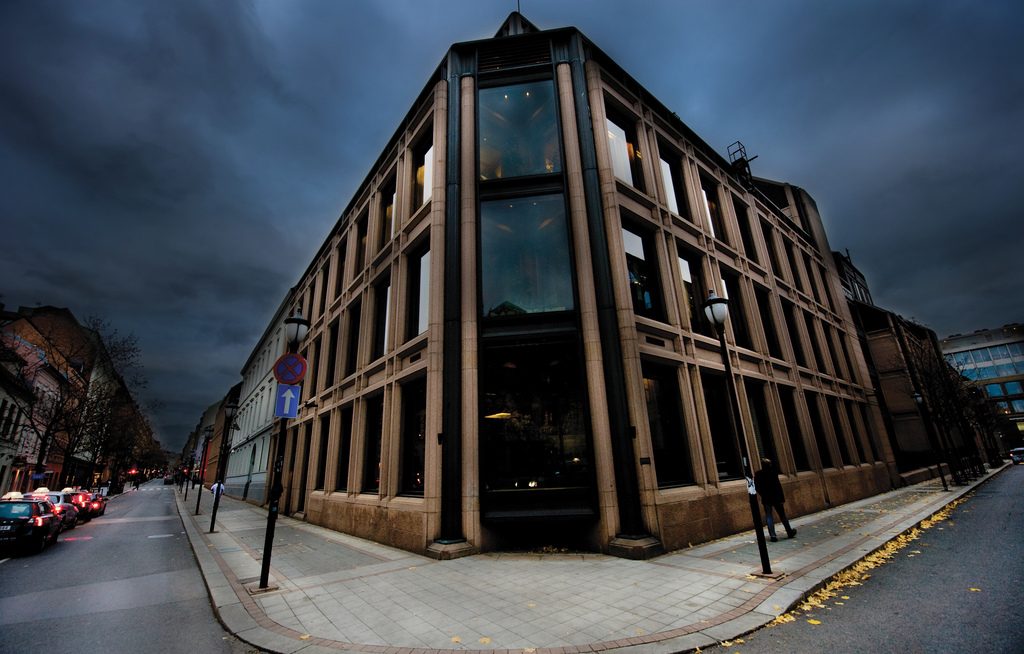Since March of last year, US publications have made a spectacle of gawking at the rising fortunes of US billionaires. The reason these fortunes ran up last year is that US billionaires own a lot of stock and the stock market did well in 2020. This was especially true of technology stocks because technology companies were well-positioned to benefit from the economic shifts that occurred during the pandemic.
This development has rightly fueled a lot of rage but relatively little discussion about how to avoid this kind of outcome in the future. At People’s Policy Project, we provided our answer to this question a couple of years ago in our paper “Social Wealth Fund for America.”
The argument of that paper is that the US government should create a new investment fund called the American Solidarity Fund, give every American one non-transferrable share of ownership in the fund, and then gradually move the nation’s wealth out of private ownership and into the SWF. This would radically reduce wealth inequality and redirect the nation’s capital income away from the rich and towards the masses.
Norway’s experience in the pandemic proves how effective this strategy could be. In Norway, the central government owns a very large share of the national wealth, primarily through a SWF called the Government Pension Fund Global (GPFG). Last week, the administrators of Norway’s SWF released its performance figures for the year. In 2020, the SWF had a 10.9 percent rate of return, beat its benchmark index by 0.27 percentage points, and generated a total return of 1 trillion NOK, which is equal to slightly more than $20,000 per Norwegian ($PPP).
So just as the owners of wealth in the US scored a major windfall last year, so too did the owners of wealth in Norway. The difference is that, in Norway, the majority of the wealth is owned publicly whereas, in the US, almost all of it is owned privately.
At present, Norway does not disburse these returns directly to the populace, but it does use some of them to help fund the welfare and services provided by the Norwegian government. Under the prevailing budgetary rule, 3 percent of the fund’s market value can be used for government expenditure each year. The current market value of the fund is 10.9 trillion NOK, with 3 percent of that being 327 billion NOK. To get a sense of what that means, 327 billion NOK is right at 10 percent of the last reported Norwegian GDP. An equivalent figure in the US would be a bit more than $2 trillion.
GPFG returns in excess of 3 percent are reinvested in the fund, which increases the size of the fund, increases the share of the national wealth that is owned publicly, and increases the amount of revenue provided by the fund to the government in subsequent years.
For many centuries now, a lot of people have been pissed off at the fact that a significant share of the nation’s income is funneled to a relatively small share of people at the top of society, sometimes called the capitalist class. This is often treated as an intractable problem, but it is in fact quite easy to fix. Moving income-generating assets like real estate and financial securities into collective ownership, via a social wealth fund, ensures that this chunk of income benefits everyone not just a small class. This is true not just in theory but also, as we saw in Norway last year, in reality.

